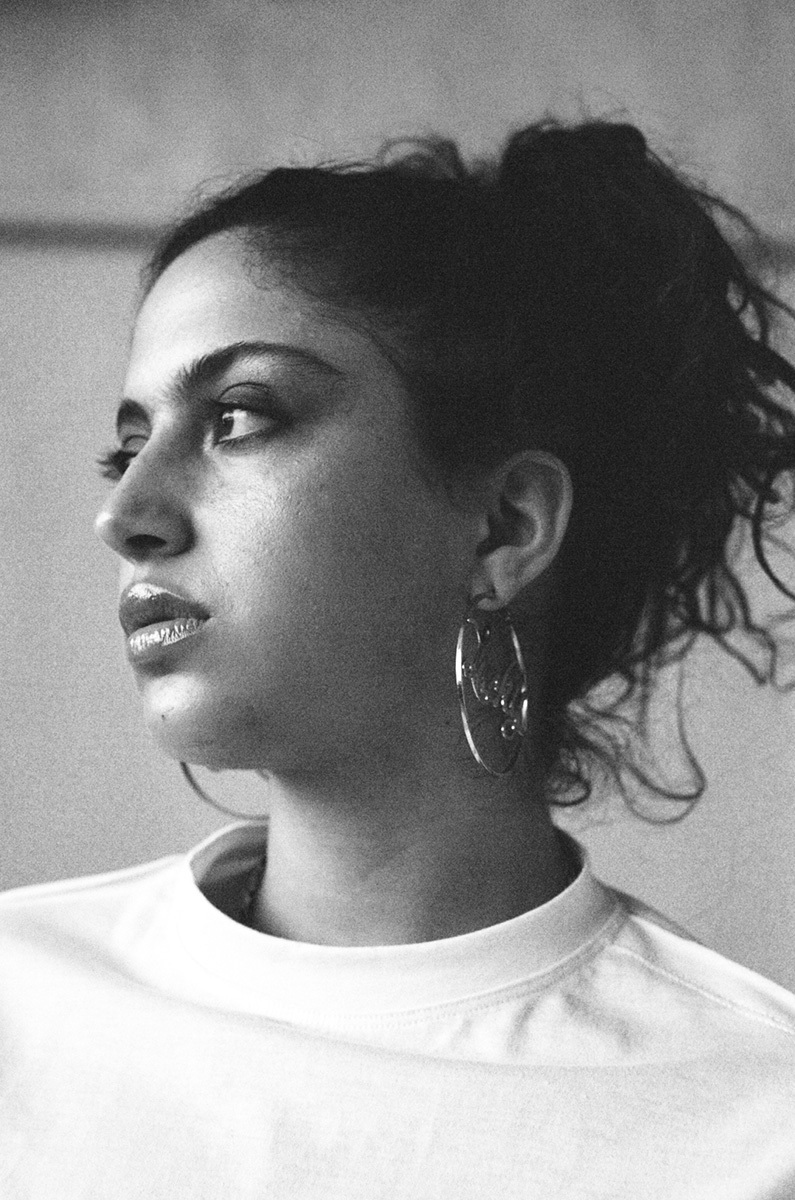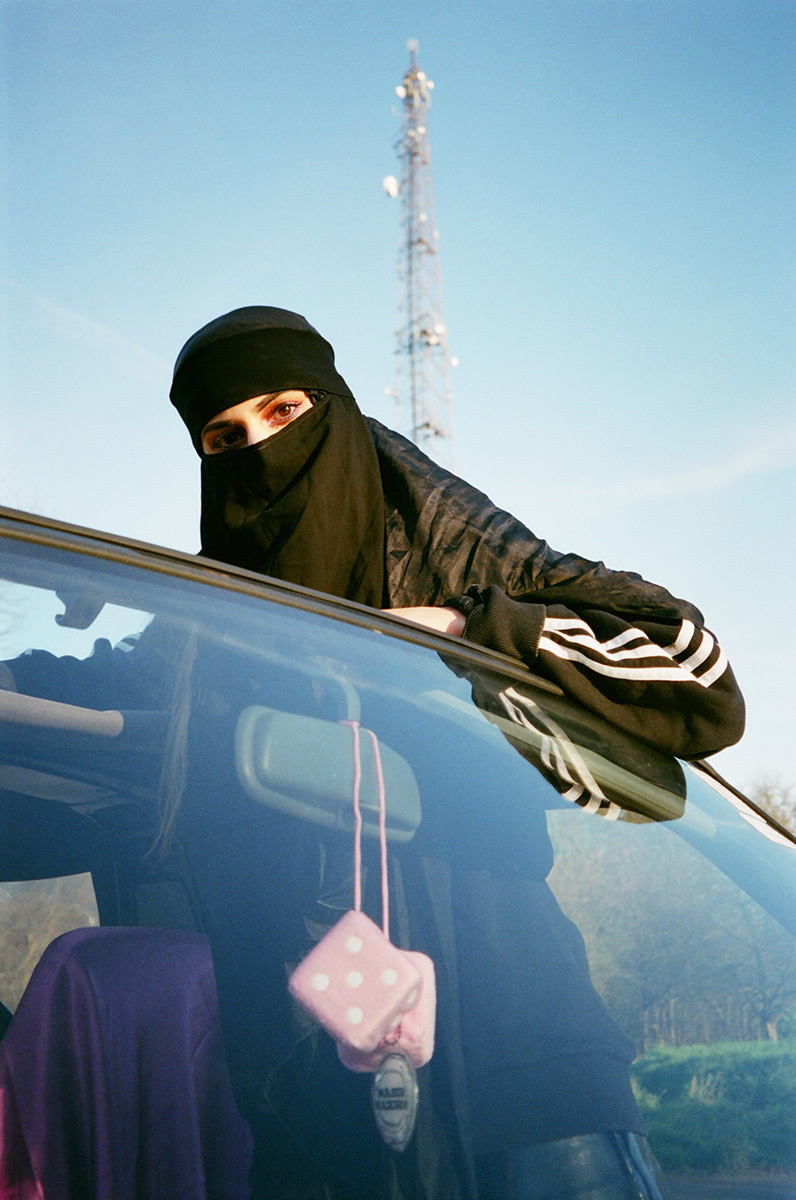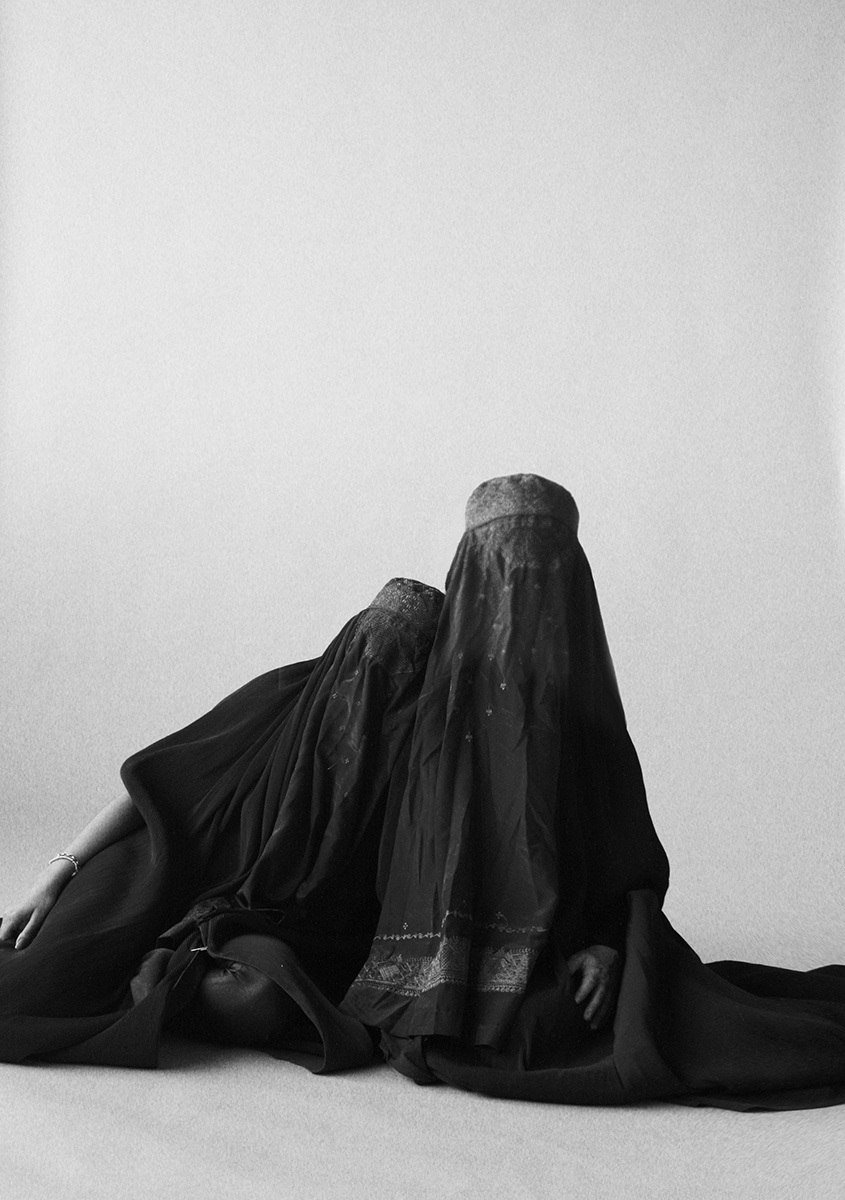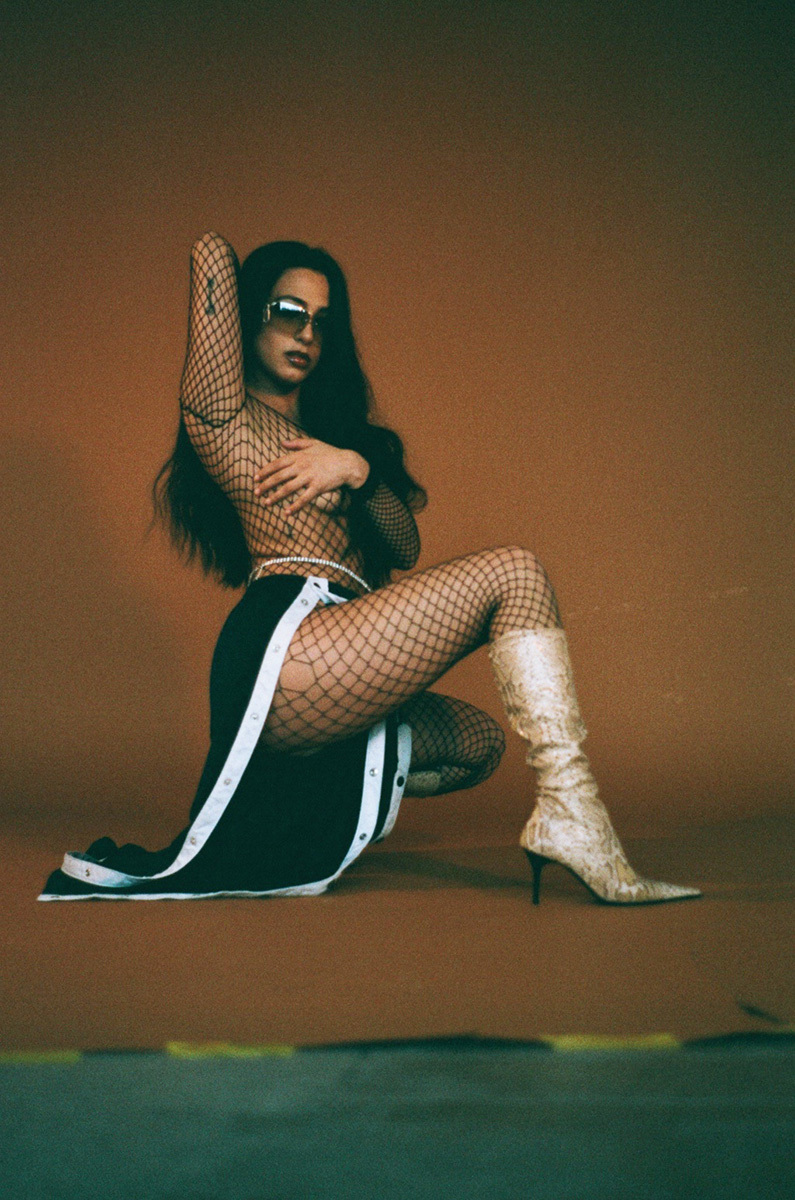There is a strength and power in self-publishing. DIY ethics are being embraced once again and we are creating the platforms that we want to see. It is empowering to create your own self-governing magazine. There are more independent magazines on the shelves then ever, so what makes one magazine different to the rest? AZEEMA magazine started as an out-of-reach idea in the back of my mind. It was an idea that frightened me but also one I knew I had to pursue — I realised that there weren’t any magazines for women from the Middle East/North Africa and Women of Colour with a fashion and culture focus, especially commenting specifically on femininity and resistance. I wanted to make a magazine that wasn’t just a pretty photo-book but that had meaning and depth. But what makes a magazine meaningful to other people?

It needs to come from a passionate place…
Magazines are not just about making the content you produce look good, they have to be relatable and stand for something bigger than yourself. As a mixed-race woman of colour with an Islamic background, making a magazine that was inclusive of other women of colour and knowledgeable of Islamic faith, African and Arab culture was really important. I’ve always felt disconnected from my Sudanese heritage. Being brought up in the UK, I always longed to hear stories and see images of girls that were just like me. The feeling of sitting in between cultures was confusing. I felt passionately about bringing a magazine to life that was understanding of the effects of culture clash and identity issues within young women.
Stand for something and make it count…
Growing up, I remember there being a limited representation of women of colour in the media and fashion. My mum made every effort to find books and magazines with coloured girls and dolls with black or curly hair for me to have, so that I didn’t feel different or unrepresented. This was an issue that I wanted to reflect in AZEEMA, along with female empowerment, and identity issues. AZEEMA’s principles are simple; to empower and never to offend. It’s amazing to see more and more women of colour embracing their heritage and visually exploring their identities in print.

Think big and aim higher…
Think beyond what already exists creatively around you, push yourself and set yourself bigger goals to achieve. I noticed a void in the market for positive representation as current news outlets project mostly fearful and negative representations of the Middle East/North Africa. It’s great to go one step further and immerse yourself in real situations and experience culture authentically. I travelled to Morocco to photograph real women in their authentic surroundings. By exploring the routes of the culture I was documenting and going to the actual place I illustrated its identity in its purest form. I aimed to create something that challenged current stereotypes and representations and celebrated culture and I feel like I have achieved that. I’m already thinking of ways the magazine can be explored further in the issues to come and ideas to expand as a collective.

Reach out and connect…
Making a magazine gives you the opportunity to write, connect and create with no restrictions. It creates a platform to express whatever you want. You won’t always know how to do everything yourself and it’s okay to ask for help and to collaborate with other creatives. The whole journey is a learning opportunity.
I reached out to lots of amazing girls via Instagram and told them about the project and was so surprised by the responses and willingness to be involved. I’m a firm believer in the phrase, ‘If you don’t ask you don’t get’. Over a couple of months AZEEMA had gained a small community of amazing women and creatives that supported the magazine and were actively reaching out to me on Instagram. Several young women contacted me to tell me how inspired they were and how they wanted to share it with their sisters and friends. Another expressed to me that this kind of publication was everything to her and she didn’t realise how unrepresented she felt until she saw it. It was then I realised that AZEEMA wasn’t just going to be a magazine, it would be a voice, free from censorship and misrepresentation and an invitation for like-minded women to express their own views.
There is no wrong way to publish…
There are many different ways of publishing — from online to DIY photocopier zines to glossy prints. There is no wrong way to publish and you don’t have to be made of money to make a magazine. If you can’t find the cultural experience you are looking for create your own. Be playful with it, publishing is fun.

Credits
Text Jameela Elfaki
